Top Things to Know Before Buying Flowers In The Garden
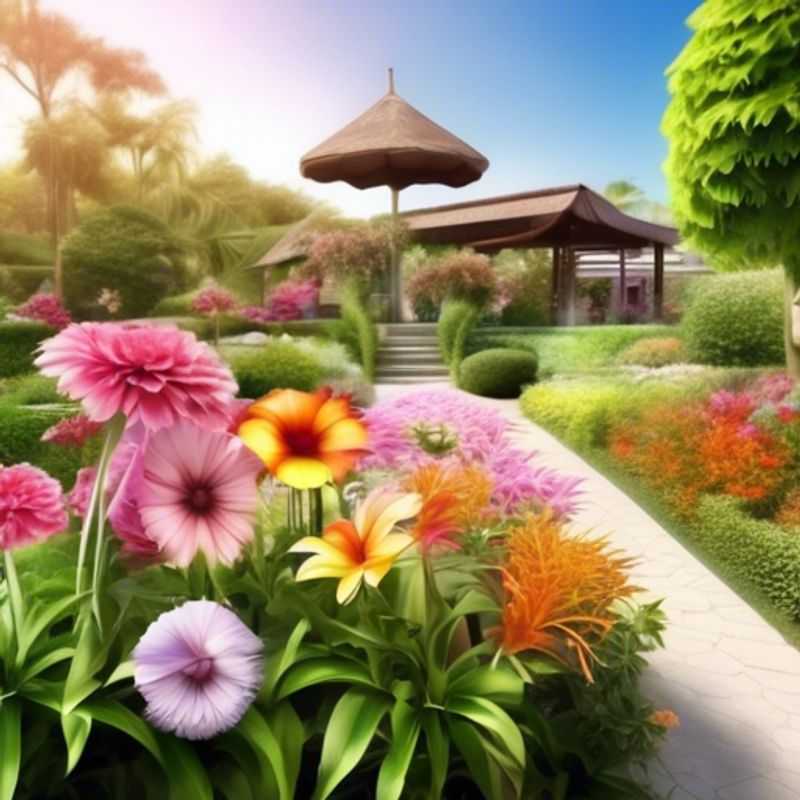
Before You Buy Flowers: Top Things to Know
Before diving into the vibrant world of flower gardening, it's crucial to consider a few key factors that will set you up for success. Think of it like preparing a delicious recipe - a little planning goes a long way! Let's explore some essential points to keep in mind:
Determine the climate and soil conditions in your garden. Knowing your garden's climate and soil type is like understanding the ingredients you're working with. Some flowers thrive in sunny, warm climates, while others prefer shade and cooler temperatures. Likewise, soil composition affects drainage and nutrient availability, so assessing its properties is essential. This will guide your flower selection and help you choose plants that flourish in your unique environment.
Research the types of flowers that thrive in your local environment.

Know Your Garden: Understanding Climate and Soil Conditions
Knowing your garden's climate and soil conditions is crucial for successful gardening. Understanding these factors will help you choose the right plants, optimize watering, and manage potential challenges.
Climate refers to the long-term weather patterns in your region. This includes average temperature, rainfall, humidity, and sunlight hours. You can find this information online or from your local weather service.
Soil is the foundation of your garden. Testing your soil will reveal its pH level, nutrient content, and texture. A simple soil test kit can be purchased online or at a local garden center. You can also send a sample to a laboratory for more comprehensive analysis.
Once you have this information, you can start planning your garden. Consider planting varieties that thrive in your specific climate and soil type. You can also adjust your watering and fertilization practices to ensure your plants get what they need.
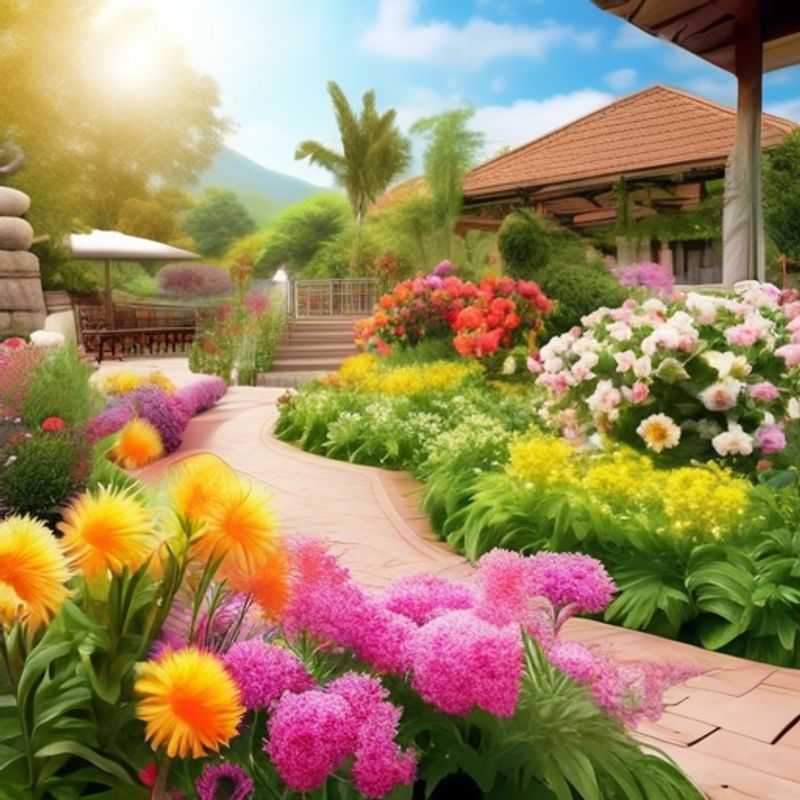
Bloom Where You're Planted: Choosing Flowers for Your Local Climate
Before you start planting, it's crucial to understand your local climate and soil conditions. This will help you choose flowers that are naturally adapted to thrive in your area. Local nurseries and garden centers are invaluable resources. Their staff can provide tailored advice on what thrives in your region and offer plant recommendations. When choosing flowers, consider the amount of sunlight your garden receives. Full sun, partial shade, and full shade are key factors in flower growth. Note: You might need to invest in soil testing to get a detailed understanding of your soil's pH level and nutrient content.
Consider incorporating native wildflowers into your garden. These plants have evolved to survive the local conditions, including specific insects and microorganisms that help them thrive. Native wildflowers often require less maintenance and water than introduced varieties. They can also attract beneficial pollinators like bees and butterflies, adding to your garden's ecological value. Remember: It's essential to source your native wildflowers from reputable suppliers to avoid introducing invasive species to your area.
Once you've chosen your flowers, you can start planting. The best time to plant varies depending on your location and the specific flowers you choose. Always refer to the plant's specific care instructions for the optimal planting window. Important: You may need to purchase specialized tools for specific tasks, such as a hand trowel for planting or a garden rake for preparing the soil. If you need assistance with planting, consider seeking help from experienced gardeners or local landscaping professionals.
Investing in the right gardening tools can make a world of difference. Hand trowels, gardening gloves, and watering cans are essential tools for any gardener. To maintain healthy soil, you might need to invest in organic fertilizers and soil amendments. Note: These investments can be costly, but they contribute to long-term success and a thriving garden.
Don't forget about the importance of regular watering. Consistent watering, especially during dry periods, is crucial for your flowers to thrive. You might need to invest in a sprinkler system or irrigation equipment to ensure optimal water distribution. Remember: Overwatering can be as harmful as underwatering, so always check the soil moisture before watering your flowers.
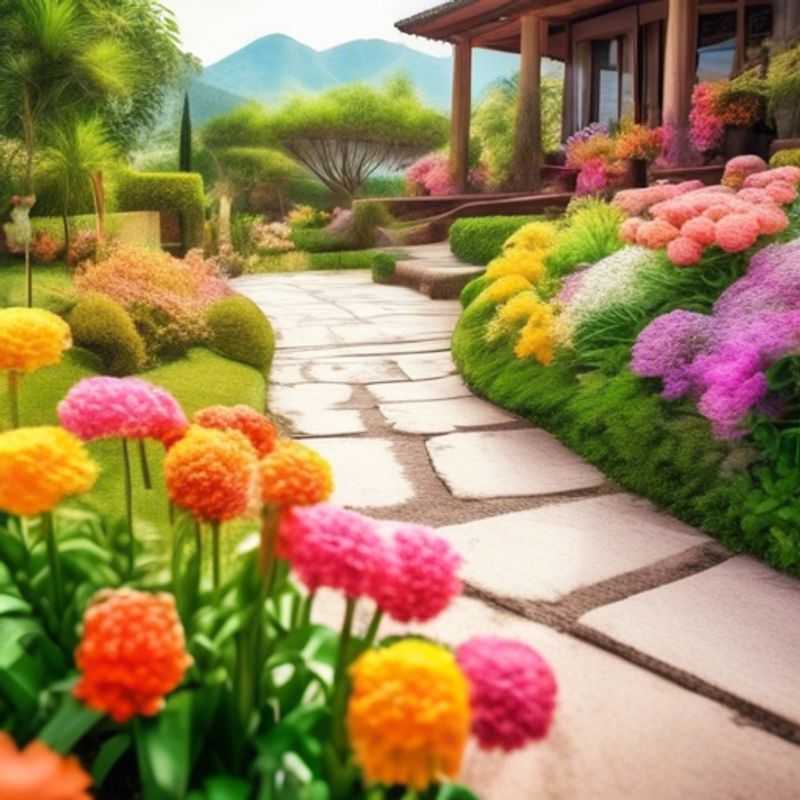
Sunlight and Water: Key Factors for a Thriving Garden
Knowing how much sunlight and water your garden gets is crucial for choosing the right plants.
Sunlight is measured in hours of direct sunlight per day. Full sun means at least 6 hours of direct sunlight, partial sun is 3-6 hours, and shade is less than 3 hours.
Watering needs vary depending on the plant, soil type, and weather. Check the soil moisture by sticking your finger a few inches deep. If it feels dry, water thoroughly. Avoid overwatering as it can lead to root rot.
You can invest in tools to help with your assessment. A rain gauge measures rainfall, and a soil moisture meter gives a more precise reading than your finger.
Once you know your garden's conditions, you can select plants that thrive in your climate and provide them with the right care.
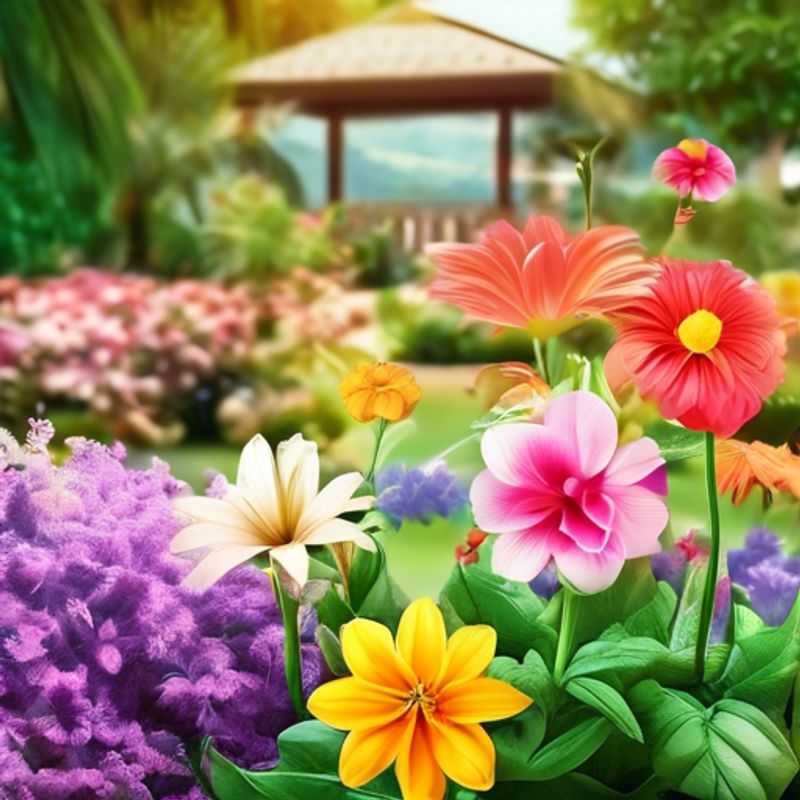
Plan Your Garden's Floral Symphony: Layout and Placement Tips
Planning the layout and placement of flowers in your garden is an essential step in creating a beautiful and thriving space. It's about more than just aesthetics; it's about ensuring your plants have the best chance of flourishing. Here's a quick guide to help you get started:
Consider the Sun: Different flowers have different sunlight needs. Map out your garden's sun exposure throughout the day. Sunny spots are perfect for sun-loving flowers like sunflowers and zinnias. Partial shade works for flowers like hostas and begonias. And shade is ideal for ferns and impatiens.
Group Flowers for Visual Appeal: Think about color combinations and textures. Grouping flowers of similar colors together creates a cohesive look. Mix in flowers with different heights to create visual interest and depth.
Plan for Bloom Time: Choose a variety of flowers that bloom at different times throughout the year. This will ensure your garden has continuous color and interest.
Don't Forget the Practicalities: Consider the size and shape of your garden, as well as the accessibility for maintenance. Leave space for walkways and easy access to water and fertilize your plants.
Utilize Garden Design Principles: Techniques like repetition, balance, and rhythm can create a visually pleasing and harmonious garden. You can research these principles to find a style that resonates with you.
Professional Help: If you're unsure about your garden layout, consider consulting a professional landscape designer. They can provide expert advice tailored to your specific garden and preferences.
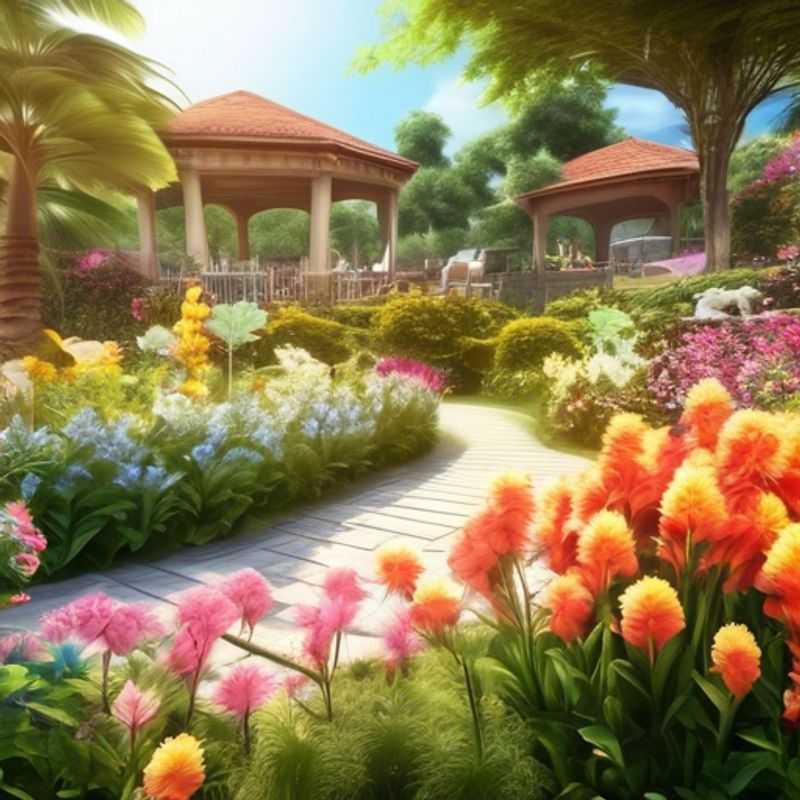
Nourishing Your Garden: Preparing the Soil with Essential Nutrients and Amendments
Preparing the soil for planting involves adding necessary nutrients and amendments to create a healthy growing environment for your plants. This ensures proper growth, strong roots, and ultimately, a bountiful harvest.
Firstly, you'll need to conduct a soil test to determine what nutrients are lacking. This can be done through home kits or professional labs. The results will guide you on what specific amendments to use. For example, if your soil is lacking in nitrogen, you may need to add compost or manure.
Next, you can improve soil structure by incorporating organic matter like compost, manure, or leaf mold. These materials enhance drainage, aeration, and water retention, promoting healthy root development. For best results, incorporate these amendments several months before planting.
Additionally, you may need to adjust the pH of your soil. Most plants thrive in a slightly acidic pH range (6.0-7.0). You can lower the pH with sulfur or aluminum sulfate, and raise it with lime. It's crucial to use the correct type and amount of amendment based on your soil type and the needs of your plants.
Lastly, it's important to be mindful of the potential cost associated with soil preparation. This can include purchasing soil tests, amendments, and tools. Research different options and compare prices to find the most cost-effective solution for your specific needs.

Choosing the Right Colors and Style: Crafting Your Design Vision
A color scheme and aesthetic are crucial for your workflow product. They can significantly impact user experience and brand perception.
When deciding on a color scheme, consider the following:
Brand Identity: Align colors with your brand's existing identity or the image you wish to portray.
Target Audience: Understand your target audience and their preferences. Consider cultural associations and demographics.
Accessibility: Choose colors that provide sufficient contrast for users with visual impairments. Use color contrast checkers to ensure accessibility.
Functionality: Use color to highlight important elements, differentiate sections, and guide user interactions.
Emotional Impact: Colors evoke emotions. Consider the mood and atmosphere you want to create.
Aesthetic: Select a style that aligns with your product's overall design. This could be minimalist, modern, playful, or professional.
While there are no specific paid activities directly associated with deciding on a color scheme and aesthetic, you might incur costs if you hire a professional designer for this task.
Remember, your color scheme and aesthetic are important elements of your workflow product. They should be carefully considered to enhance user experience and contribute to the overall success of your product.
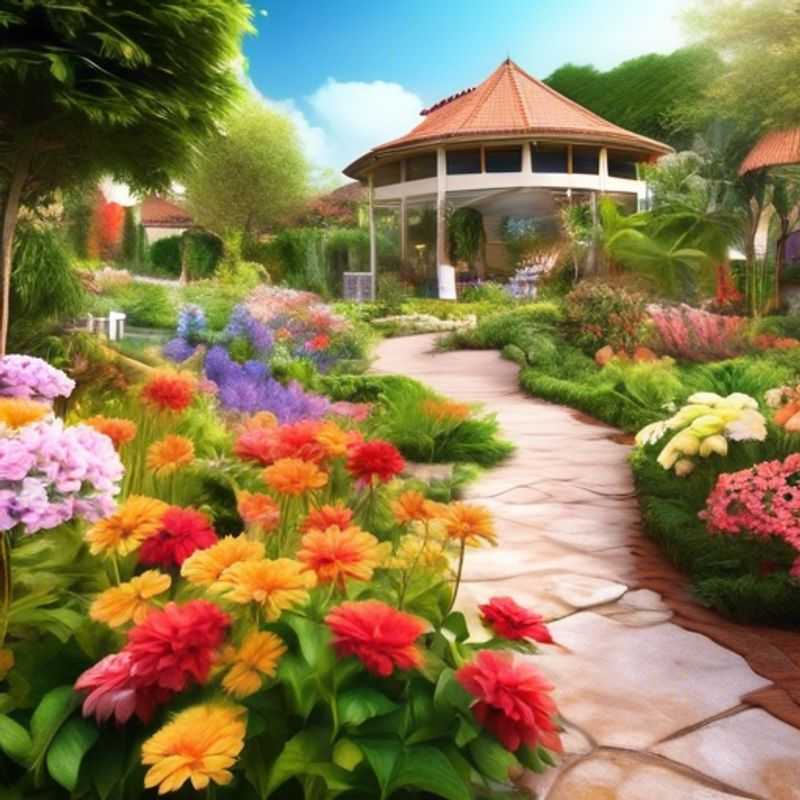
Green Thumb Secrets: Mastering Planting, Watering, and Maintenance
Proper planting, watering, and maintenance are essential for healthy and thriving plants. Let's break down the key points to ensure your garden flourishes:
Planting:
Choose the right spot. Consider sunlight needs – full sun, partial shade, or shade. Soil type is crucial. Amend your soil with compost for better drainage and nutrients. Plant your seeds or seedlings at the appropriate depth based on their type.
Watering:
Deep watering is key. Water thoroughly to soak the roots, but avoid overwatering. Frequency depends on the plant and weather. Check the soil moisture – it should feel damp but not soggy. Consider using a watering can or a hose with a sprinkler.
Maintenance:
Regular weeding is essential to prevent competition for nutrients and water. Fertilizing provides additional nutrients, but don't overdo it. Pruning helps maintain shape and encourage healthy growth. Pest and disease control can be achieved using organic methods like neem oil or insecticidal soap.
Additional tips:
Use mulch to retain moisture and suppress weeds. Be mindful of weather conditions – extreme heat or cold can stress plants. Monitor your plants for signs of trouble – wilting, discoloration, pests, or diseases. Enjoy the beauty of your garden!
